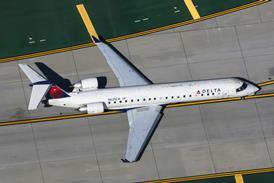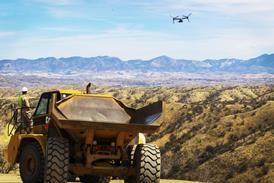Vertical-lift commuting will increasingly be seen as a solution to the problems posed by limited airport capacity in the Western world, as technological advances in the rotorcraft industry make such concepts possible.
That is the view of Lutz Bertling, outgoing chief executive of Eurocopter.
Speaking to reporters at a farewell media event in April prior to vacating his post on 1 May, Bertling pointed out that air traffic was rising at about 4-7% per year, far outstripping the rate of construction of airport infrastructure to cope with that increase.
One potential concept could be to use slots at airports more effectively, replacing smaller regional aircraft providing feeder services with high-speed rotorcraft, freeing up runways for use by higher-capacity jets, he says.
Bertling believes the first products in serial production could make their debut in the early 2020s, with capacity initially pegged at about 19 passengers.
"I could imagine larger aircraft more in the middle of the 2020s with 30-40 seats. At the moment these are just conceptual ideas and before going into a full development programme this needs to go through a full feasibility study and business case," he says.
Optimal route length would be about 110-160nm (200-300km), he says, with an upper limit of around 325nm.
Eurocopter has already explored the possibilities of a compound helicopter using its X3 technology demonstrator. Although the prototype is due to be retired later this year, the data collected from its extensive flight-test campaign will inform any future designs utilising the technology. However, Bertling is quick to point out the X3 is "not a high-speed aircraft but a high-productivity aircraft".
Indeed, the key to creating a viable alternative to fixed-wing aircraft is to design a helicopter with acceptable operating economics for the role, says Bertling.
"I still believe vertical lift could play a role in commuting, providing you can design and deliver an aircraft with higher speed and reasonable cost. If it is as expensive as a [Bell Boeing] Osprey [tiltrotor], there's no point."
At present only AgustaWestland is pursuing a civil tiltrotor concept with its nine-passenger AW609.
Source: Flight International























